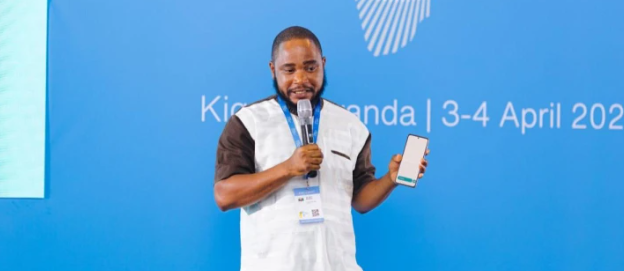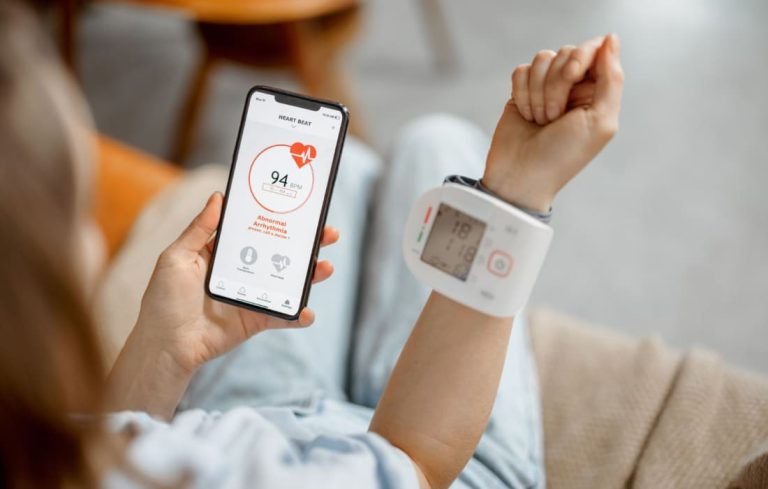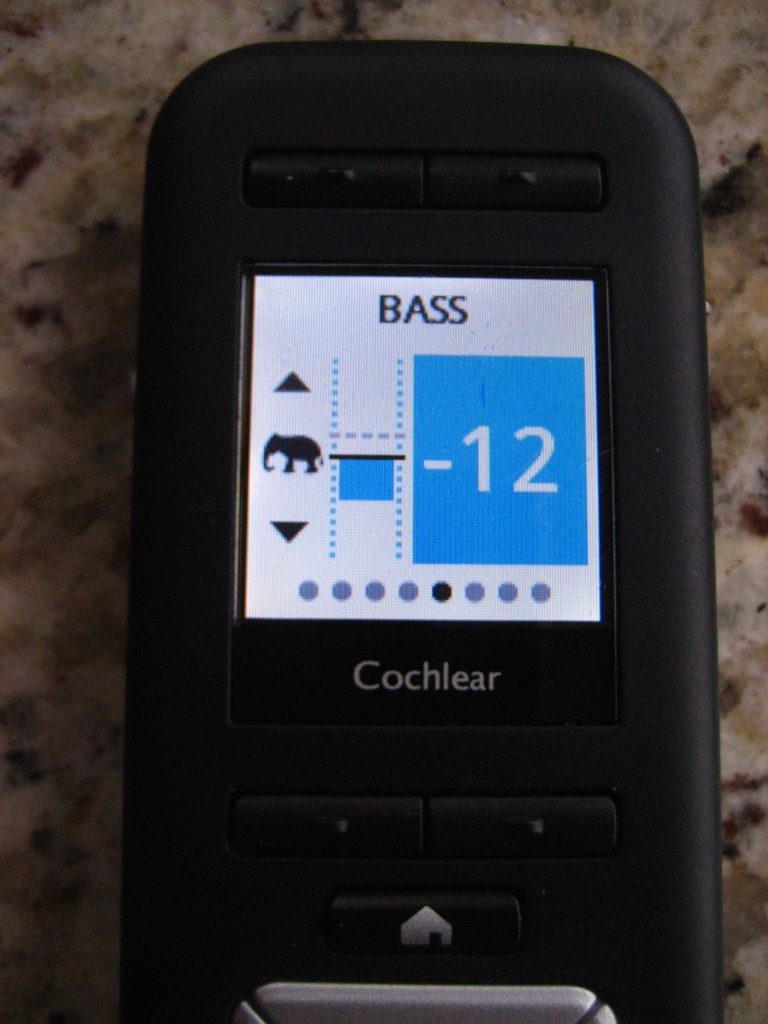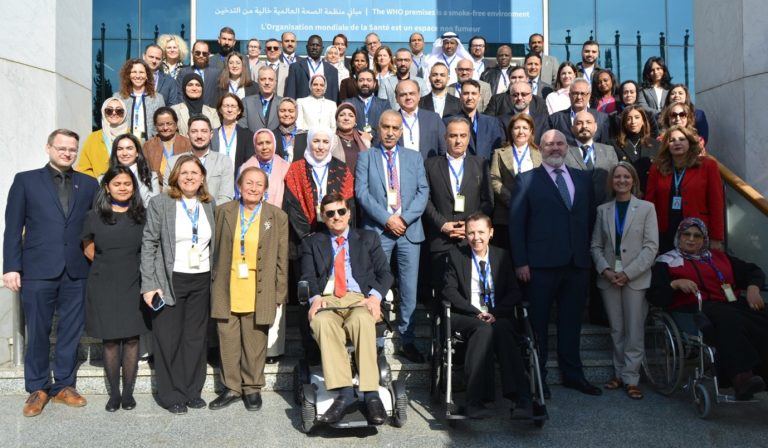Recent innovations in artificial intelligence (AI) have opened new pathways for assistive technologies designed to improve communication for individuals with hearing disabilities. One pioneering initiative, developed by Ghanaian innovator Ike Agyei Mensah (pictured), introduces an AI-powered mobile application—DeafCanTalk—that converts spoken language into text and connects users directly with interpreters. This article examines the technological framework behind the application, its practical applications in educational environments and daily life, and its broader implications for enhancing accessibility in low-resource settings, drawing on global research and policy insights.
Communication is a fundamental human right, yet individuals with hearing impairments often face significant challenges in accessing information and fully participating in society. Conventional assistive solutions have frequently been hindered by high costs or limited adaptability. In response, new digital interventions are emerging that harness AI to close these gaps. DeafCanTalk represents a transformative approach by transforming classroom lectures and everyday conversations into easily accessible text. In doing so, it not only facilitates note-taking and interaction in academic settings but also promotes inclusion in broader social contexts.
Recent projections by the World Health Organization (WHO) indicate that the number of people living with hearing loss in Africa may rise from approximately 40 million in 2024 to 54 million by 2030—a statistic that underscores the urgency of affordable and scalable solutions in this realm.
Technological Framework and Innovations
AI-Driven Speech-to-Text Conversion
At the core of the DeafCanTalk application is an AI-based engine that transforms spoken words into a written transcript in real time. In an inclusive classroom, for example, this means that a deaf or hard-of-hearing student can easily access lecture content, facilitating not only immediate understanding but also allowing the text to be reviewed later for study purposes. This technology leverages advanced natural language processing (NLP) algorithms that have been refined through exposure to diverse datasets.
Real-Time Interpreter Connectivity
In addition to speech-to-text conversion, the app utilizes AI to generate dynamic QR codes. These codes enable users to instantly access connectable interpreter services when needed. With partnerships supported by organizations such as the Mastercard Foundation, the system is designed to bridge the gap between digital communication and human interaction, particularly in unpredictable settings where immediate assistance is crucial.
Future Enhancements: Bidirectional Language Models
The development team is exploring the integration of bidirectional models that would not only convert speech to text but also translate between spoken language and sign language. This forward-thinking approach could further empower communities by facilitating communication in both directions, ensuring that users can also have their sign language messages converted back into spoken words.
Applications and Impact
Educational Inclusion
In Ghana and other regions with similar socioeconomic contexts, educational policies are increasingly incorporating smart device usage within classrooms. DeafCanTalk is being deployed on mobile devices to assist students who are deaf or hard-of-hearing, enabling them to actively participate in lectures and group discussions. This technology supports not only improved academic performance but also bridges the social divide between deaf and hearing students—a critical factor in fostering an inclusive educational environment.
Broader Social Engagement
Beyond the classroom, the technology is poised to benefit daily interactions in public spaces. In areas where access to traditional sign language interpreters is limited, the app provides an immediate supplement, enhancing communication in areas such as healthcare settings, public transportation, and community events. As AI-powered solutions become more accessible, the potential to reduce long-standing barriers to information and services continues to grow.
Global and Regional Implications
The success of DeafCanTalk offers a replicable model for low- and middle-income countries that struggle with the high cost and logistical challenges of conventional assistive devices. As reported at the Global AI Summit on Africa, such innovations have the potential to transform communication infrastructure across the continent, driving forward both social inclusion and economic productivity . Moreover, research supported by international organizations like the WHO and UNESCO emphasizes that investing in such AI-assisted technologies not only improves personal outcomes but also contributes to broader public health and educational goals.
Discussion
The integration of AI in assistive technology, as demonstrated by DeafCanTalk, illustrates a significant paradigm shift. By reducing reliance on costly and geographically fixed solutions, AI systems offer scalable and flexible alternatives that can adapt to different environments and languages. However, challenges remain—such as ensuring data security, achieving language model accuracy across diverse dialects, and integrating these technologies into existing public service frameworks. Continuous collaboration among policymakers, technology developers, and user communities will be essential to overcome these hurdles.
Conclusion
DeafCanTalk exemplifies how AI-powered assistive technology can redefine communication access for deaf and hard-of-hearing individuals. By converting spoken language into text and linking users with interpreters in real time, the application offers a promising model for educational inclusion and broader social engagement. As further enhancements like bidirectional language translation evolve, such initiatives will likely play an integral role in global strategies to improve accessibility and empower previously underserved communities.
For more information, please contact DeafCanTalk.










